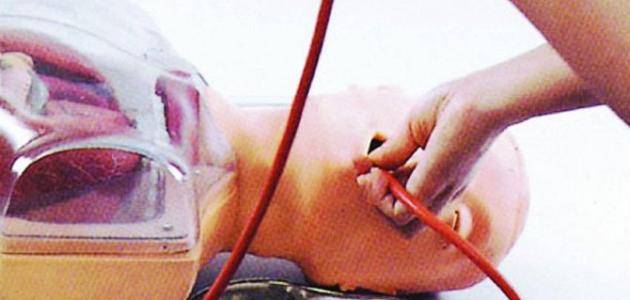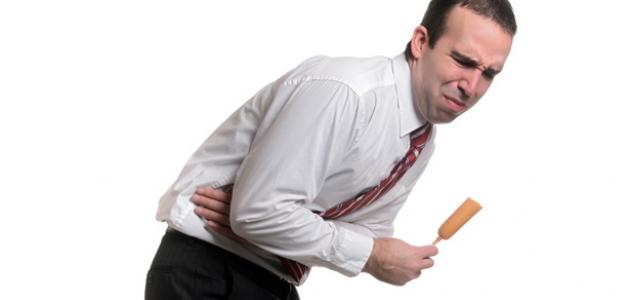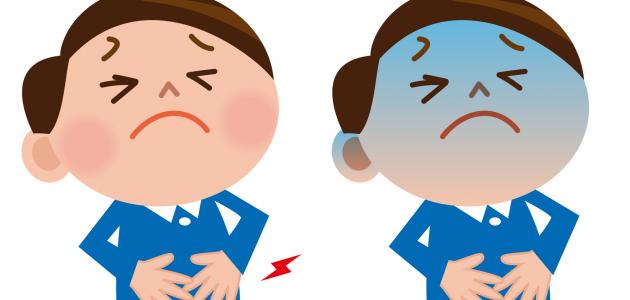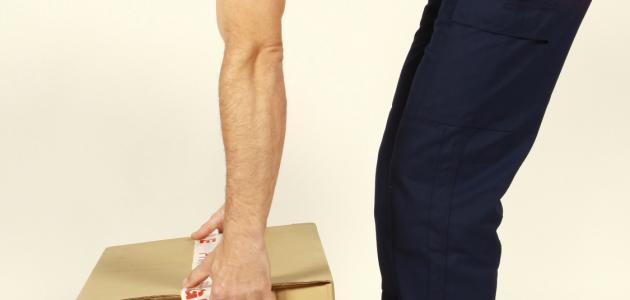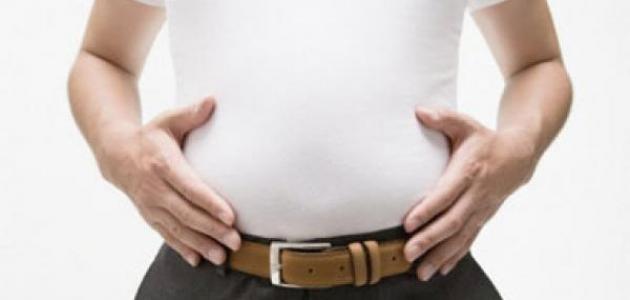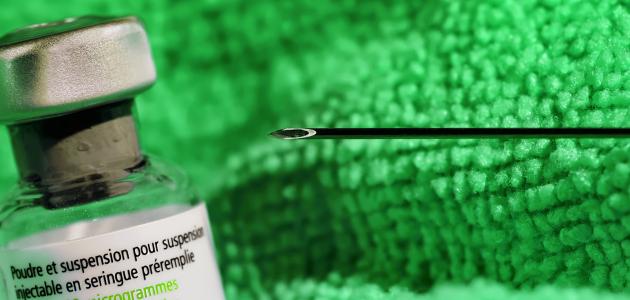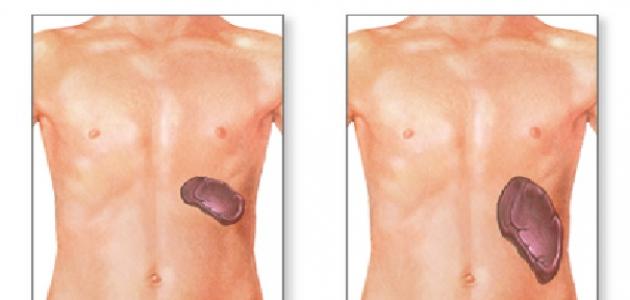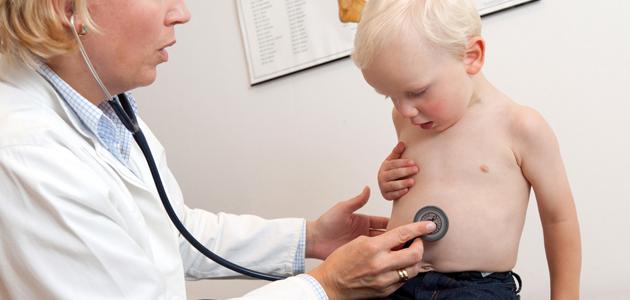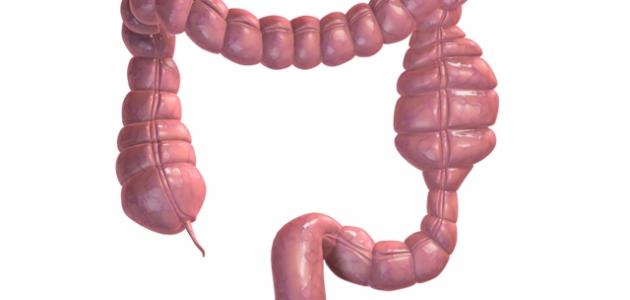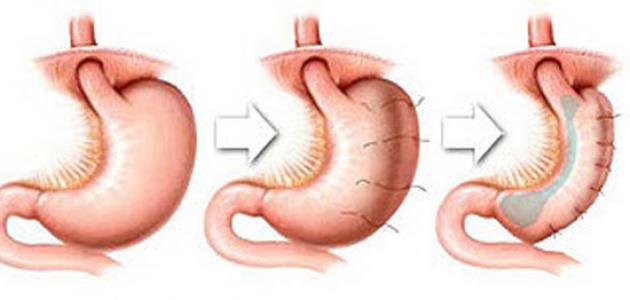Contents
Gastric lavage
The stomach is the muscular organ located in the left part of the upper abdomen. The stomach receives food through the esophagus , and if food reaches the lower esophagus , directly above the stomach, the muscular valve separating them allows food to enter the stomach, and this valve is called the lower esophageal sphincter . And the stomach works to secrete a group of enzymesEnzymes and digestive acids that in turn break down and digest food, and inside the stomach a solid muscular wall called the gastric rugae. And the stomach muscles contract periodically and regularly, launching churning movements, to break down food and contribute to the digestive process. Upon completion of the scheduled digestion process in the stomach, food is released into the small intestine through another muscular valve called the pyloric sphincter. [1]
In some cases, doctors may have to perform gastric lavage. It is a medical procedure that the doctor performs in order to quickly empty the stomach of its contents in emergency cases when poisoning with any type of medicine or toxic substance. Gastric suction is also known as gastric suction or stomach pumping. [2]
How to perform gastric lavage
Initially, the flushing tube is inserted through the mouth or nose , passing through the esophagus, and up to the stomach, and then the doctor suction the substances in the stomach directly, or after pumping water through the tube, and the feeling when performing a stomach wash is described by the feeling of gurgling due to the insertion of the tube Your process. [3]
Cases of using gastric lavage
- Cases that require gastric lavage , and the following are some of them: [4]
- Cases of poisoning with lithium, or poisoning with iron .
- Poisoning with large quantities of salicylate, which occurred within 12 hours.
- Swallowing high doses of more dangerous, sustained-release drugs.
- Life-threatening poisoning, where the date of occurrence of this condition is unknown, and the injured person is in the absence of mental or in an unconscious state, such as: Colchicine poisoning .
- The injured has been exposed to a life-threatening poisoning and is in the hospital within one hour of the poisoning.
- Take drugs with anticholinergic properties or effects in toxic quantities and attend emergencies within 4 hours of the occurrence of poisoning.
- Cases that may require the use of gastric lavage , and we will mention some of them: [2]
- Taking or collecting a sample of a person's stomach juices or acids.
- Emptying or relieving the intestine from the pressure on it if part of the intestine is blocked.
- Take out or suction the blood in the stomach in case the stomach is exposed to internal bleeding.
- The need to have a safe operation and reduce the risk of developing aspiration pneumonia, as one of its complications.
- Releasing the pressure on the stomach in the event that the patient is placed under a ventilator during his stay in the hospital.
- Clean the stomach of the victim if he vomits blood during the Upper Gastrointestinal Endoscopy; It is a medical procedure in which the doctor inserts a small scope through the esophagus and down through the gastrointestinal tract to examine the upper part of it.
Contraindications to gastric lavage
Gastric lavage is prohibited in certain cases, such as the following: [4]
- The presence of the poisoned person long hours after the event of poisoning.
- Taking a substance that does not show any toxicity even at very high doses.
- The presence of a highly effective antidote or anti-toxicant that eliminates gastric lavage action.
- The ability to effectively get rid of the ingested toxin by eating activated charcoal pills that get rid of the toxin by attaching to its surface.
- The possibility of irritation or damage to the esophagus, or the occurrence of irritation or erosion of the cells lining the wall of the parts of the gastrointestinal tract exposed to gastric lavage.
Complications and risks of gastric lavage
Gastric lavage is an excellent and effective procedure in emergency situations, taking into account the general rules for its use, but it is also not without its presence of some problems or risks when it is implemented or performed, and among these problems and risks we mention the following: [4] [3]
- Small or initial haemorrhage.
- Insertion of the tube into the respiratory or pulmonary ports rather than into the esophagus.
- A rare tear or perforation of the esophagus.
- The possibility of inhaling or aspiration of substances inside the stomach, known as pulmonary aspiration; That is, during the gastric lavage process some of its assets escaped to the respiratory facilities, and this problem occurs in 3% of cases for patients who undergo a gastric lavage operation.
- Serious heart problems, when poisoning with drugs that act on the heart's electrical conduction system, and these problems include:
- Slowing the rate of heart .
- Cardiac arrest .
General rules for gastric lavage
There are some basic principles or general rules that must be taken into consideration in the event of poisoning of the individual and arriving to the emergency room, to determine whether gastric lavage is the best solution or if there are other alternatives that are more effective, and from these rules we mention the following: [4]
- Not resorting to gastric lavage in most cases of cooperative patients who are fully conscious.
- Perform gastric lavage only in cases where the effectiveness and benefits of gastric lavage have been proven to be greater or greater than the benefits and effectiveness of activated charcoal.
- Gastric lavage should be performed in a few and limited cases, and only when necessary.
References
- ↑ Matthew Hoffman (7-3-2018), “Picture of the Stomach , ” www.webmd.com , Retrieved 1-26-2019. Edited.
- ^ A b Teresa of Bergen (14-8-2016), "Gastric suction (Stomach Pumping)" , Www.healthline.com , Retrieved 26-1-2019. Edited.
- ^ A b , David Zieve (3-9-2018), "Gastric Suction" , Medlineplus.gov , Retrieved 26-1-2019. Edited.
- ^ A b c w Neil Young. (1-3-2017), "Gastric lavage" , wikem.org , Retrieved 26-1-2019. Edited.
